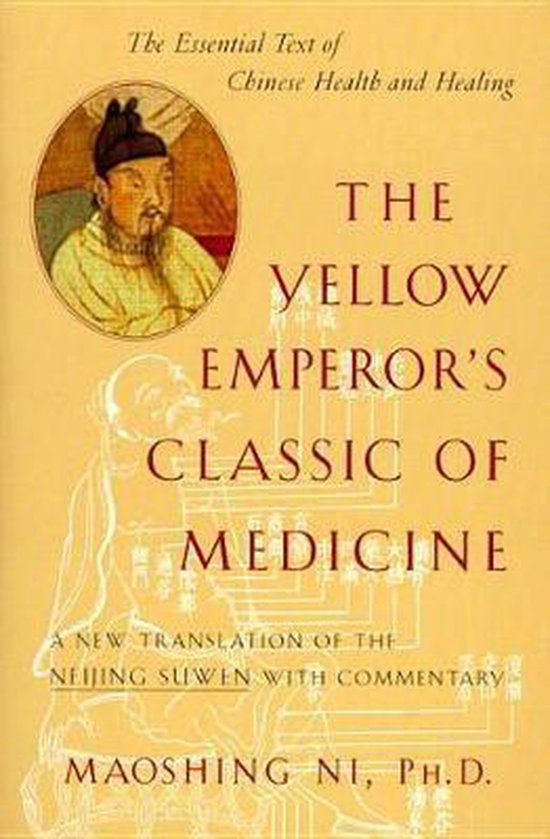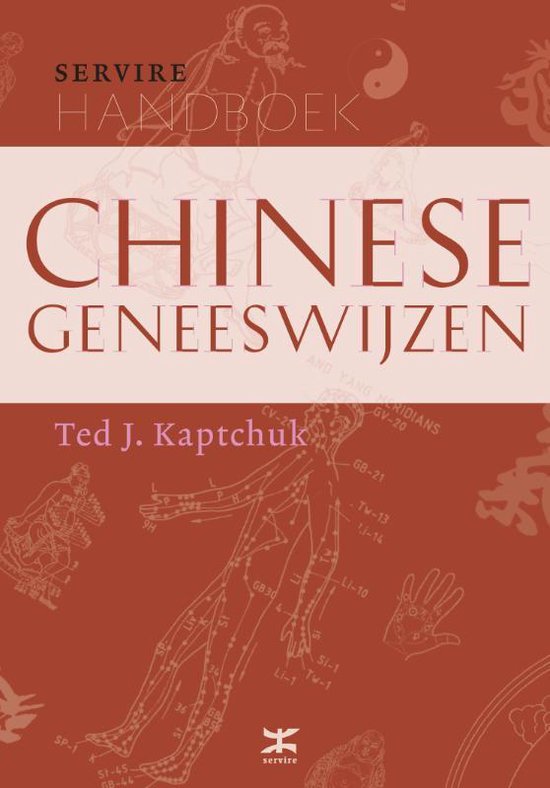
Yin Yang
Elisabeth Rochat de la Vallée continues her study of the Chinese classical texts with an exploration of the concept of yin yang, guiding us through the early writings of the Spring and Autumn Annals, the Daoist classics of Laozi, Zhuangzi and Huainanzi, and the medical texts of the Yellow Emperor, the Neijing Suwen.
An understanding of yin yang helps us to penetrate the world view which lies behind classical Chinese thinking. It is a world view quite different from that of the modern West. It speaks of relationship, mutual resonance, constant change and transformation. And yin yang is that which underpins this inter-relationship and co-dependence, giving the fundamental rules for life and the possibility of living in harmony with nature.
Chinese characters are included throughout the text to clarify the meaning of key terms. Where appropriate, the ideograms are explained in detail.
‘There is no way to have yin without yang or yang without yin. They are always a double facet of every living being and every phenomenon.’
Elisabeth Rochat de la Vallée
An understanding of yin yang helps us to penetrate the world view which lies behind classical Chinese thinking. It is a world view quite different from that of the modern West. It speaks of relationship, mutual resonance, constant change and transformation. And yin yang is that which underpins this inter-relationship and co-dependence, giving the fundamental rules for life and the possibility of living in harmony with nature.
Chinese characters are included throughout the text to clarify the meaning of key terms. Where appropriate, the ideograms are explained in detail.
‘There is no way to have yin without yang or yang without yin. They are always a double facet of every living being and every phenomenon.’
Elisabeth Rochat de la Vallée
| Auteur | | Elisabeth Rochat De La Vallee |
| Taal | | Engels |
| Type | | Paperback |
| Categorie | | Religie, Spiritualiteit & Filosofie |





